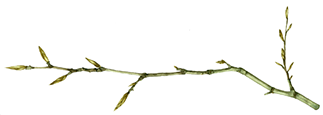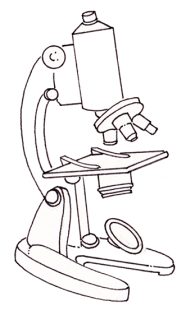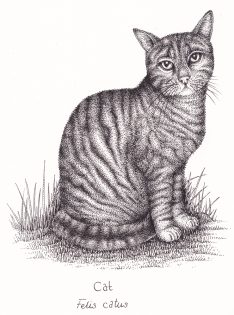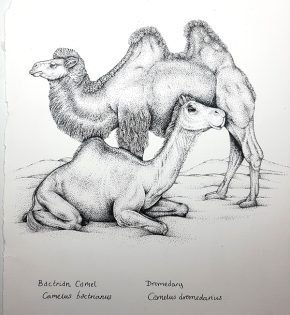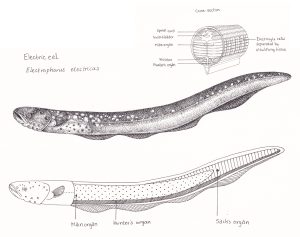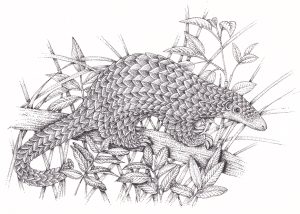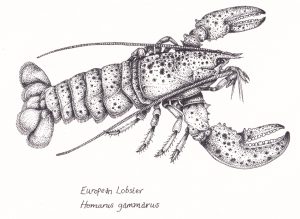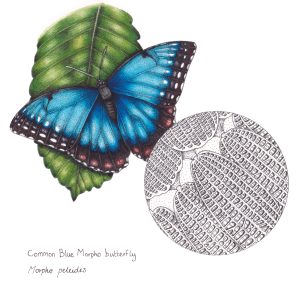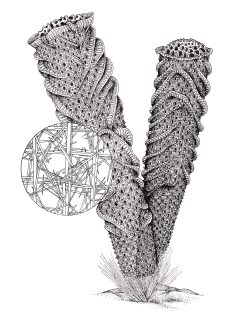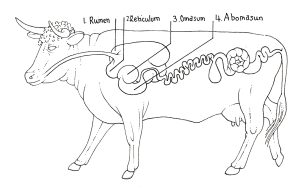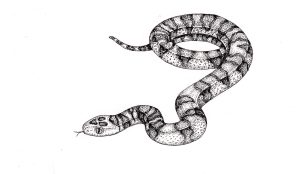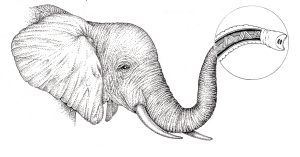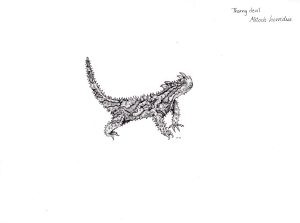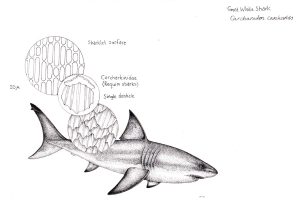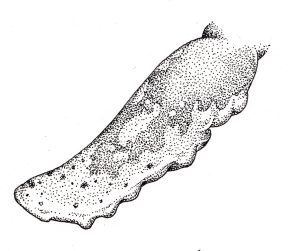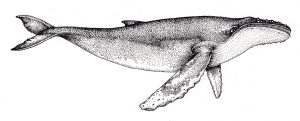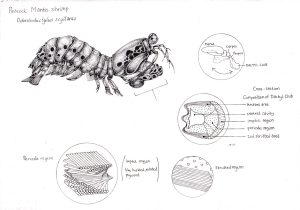
Compound microscope illustration
Compound microscope illustration. Line diagram Illustration from “30 Animals that made us smarter” by Patrick Ayree (BBC Books)

Tabby Cat Felis catus
Tabby Cat Felis catus looking at the viewer and sitting on grass. Illustration from “30 Animals that made us smarter” by Patrick Ayree (BBC Books)

Bactrian camel Camelus bactrianus and Dromedary Camelus dromedarius Camels
Bactrian camel Camelus bactrianus with a kneeling Dromedary Camelus dromedarius. Illustration from “30 Animals that made us smarter” by Patrick Ayree (BBC Books)

Electric eel Electrophorus electricus with two cross sections
Electric eel Electrophorus electricus; complete animal and longditudinal cross section showing the three electric organs; namely Sach’s, Hunter’s and Main organ. Illustration from “30 Animals that made us smarter” by Patrick Ayree (BBC Books)

Electric eel Electrophorus electricus
Electric eel Electrophorus electricus; complete animal and longditudinal cross section showing the three electric organs; namely Sach’s, Hunter’s and Main organ. Illustration from “30 Animals that made us smarter” by Patrick Ayree (BBC Books)

Pangolin Manis javanica
Pangolin Manis javanica on a log with background foliage, searching for ant nests to destroy and eat. Illustration from “30 Animals that made us smarter” by Patrick Ayree (BBC Books)

Waterloo International Station
Waterloo International Station diagram showing how the roof echoes the curve of a pangolin Illustration from “30 Animals that made us smarter” by Patrick Ayree (BBC Books)

European lobster Homarus gammarus with eye detail
European lobster Homarus gammarus with eye detail showing curved lens Illustration from “30 Animals that made us smarter” by Patrick Ayree (BBC Books)

European lobster Homarus gammarus
European lobster Homarus gammarus Illustration from “30 Animals that made us smarter” by Patrick Ayree (BBC Books)

Common or Peleides blue morpho butterfly
Common or Peleides blue morpho butterfly Morpho peleides with colour top wash. Butterfly is on a leaf with magnified detail of the structure of the wing scales. These ridges cause iridescence. Illustration from “30 Animals that made us smarter” by Patrick Ayree (BBC Books).

Reef Manta ray Manta alfredi
Reef Manta ray Manta alfredi showing two animals swimming with mouths open, filter-feeding. Illustration from “30 Animals that made us smarter” by Patrick Ayree (BBC Books)

Arapaima with scales Arapaima gigas
Arapaima with scales Arapaima gigas Illustration from “30 Animals that made us smarter” by Patrick Ayree (BBC Books)

Arapaima gigas fish
Arapaima gigas fish showiung its distinctive scales and “etched” head Illustration from “30 Animals that made us smarter” by Patrick Ayree (BBC Books)

Venus’s Flower basket with structural details
Venus’s Flower basket Euplectella aspergillum with inset showing the lattice work of structural details. Illustration from “30 Animals that made us smarter” by Patrick Ayree (BBC Books)

Cow (Red Devon breed)
Cow (Red Devon breed) Illustration from “30 Animals that made us smarter” by Patrick Ayree (BBC Books).

Diagram of cow showing its four stomachs
Diagram line drawing of cow showing its four stomachs Illustration from “30 Animals that made us smarter” by Patrick Ayree (BBC Books)

Variable kingsnake Lampropeltis Mexicana thayeri
Variable kingsnake Lampropeltis Mexicana thayeri extending its head and neck Illustration from “30 Animals that made us smarter” by Patrick Ayree (BBC Books).

Trunk cross section and African Elephant head Loxodonta africana
Trunk cross section showing muscle bundles, set within the head of the African Elephant head Loxodonta africana. (See also “Adrican elephant head” for the accompanying illustration) Illustration from “30 Animals that made us smarter” by Patrick Ayree (BBC Books)

African Elephant head Loxodonta africana
African elephant head with trunk raised. (See also “Trunk cross section with African Elephant” for the accompanying illustration.) Illustration from “30 Animals that made us smarter” by Patrick Ayree (BBC Books).

Thorny devil Moloch horridus
Thorny devil Moloch horridus showing spines and a surly expression. Illustration from “30 Animals that made us smarter” by Patrick Ayree (BBC Books)

Great White shark Carcharodon carcharias with denticles and skin
Great White shark Carcharodon carcharias showing denticles and skin, and the Sharklet anti-bacterial material that is has inspired. Illustration from “30 Animals that made us smarter” by Patrick Ayree (BBC Books)

Flipper of Humpback whale Megaptera novaeanglicae
Flipper of Humpback whale Megaptera novaeanglicae showing tubercles

Humpback whale Megaptera novaeanglicae
Humpback whale Megaptera novaeanglicae shown side on. Illustration from “30 Animals that made us smarter” by Patrick Ayree (BBC Books)

Peacock mantis shrimp Odontodactylus scyllarus woth details of Dactyl club
Peacock mantis shrimp Odontodactylus scyllarus woth details of Dactyl club anatomy and composition Illustration from “30 Animals that made us smarter” by Patrick Ayree (BBC Books).

























